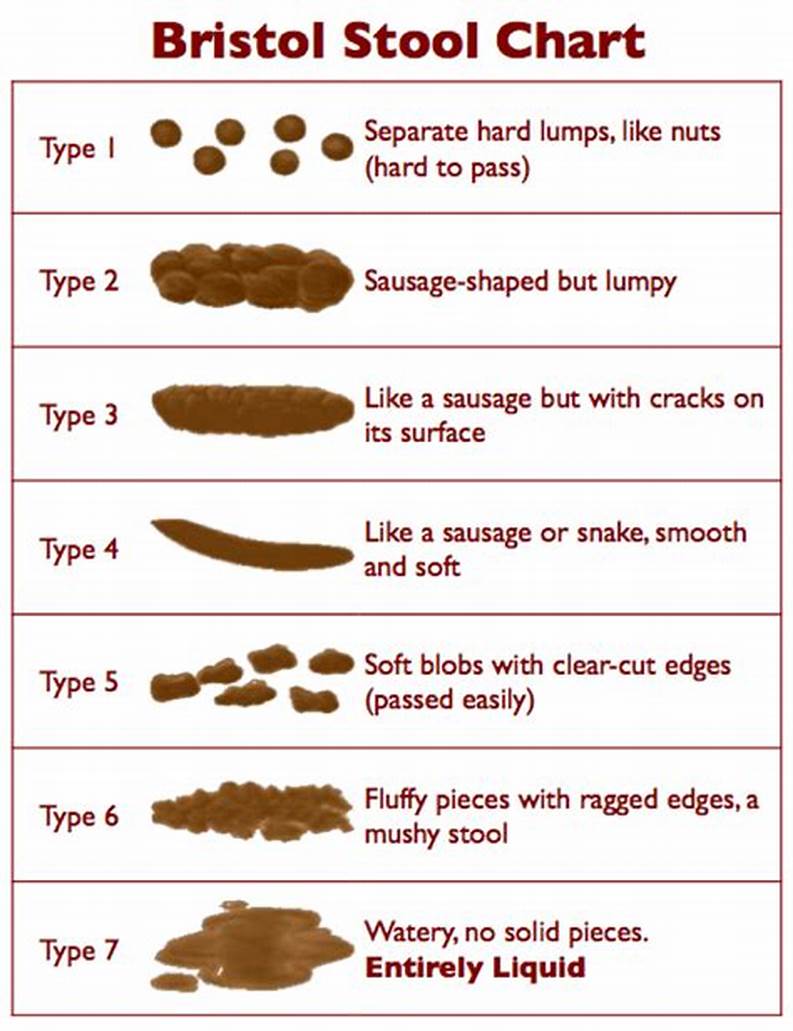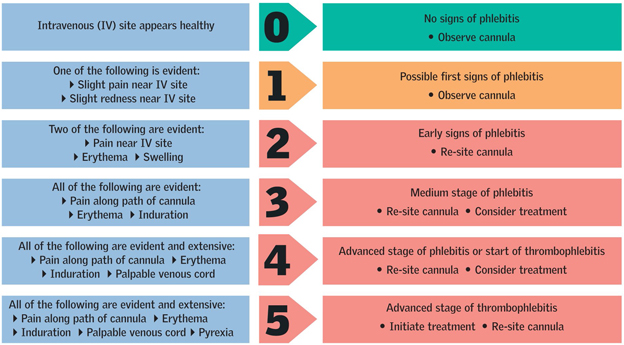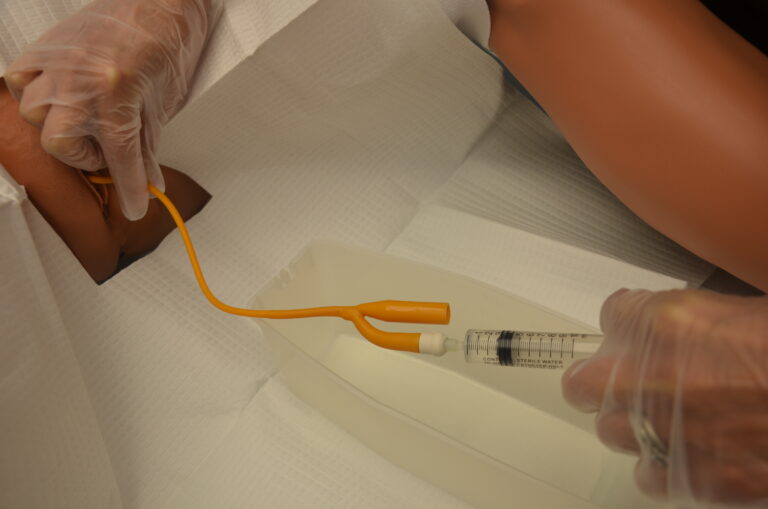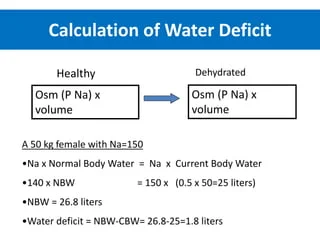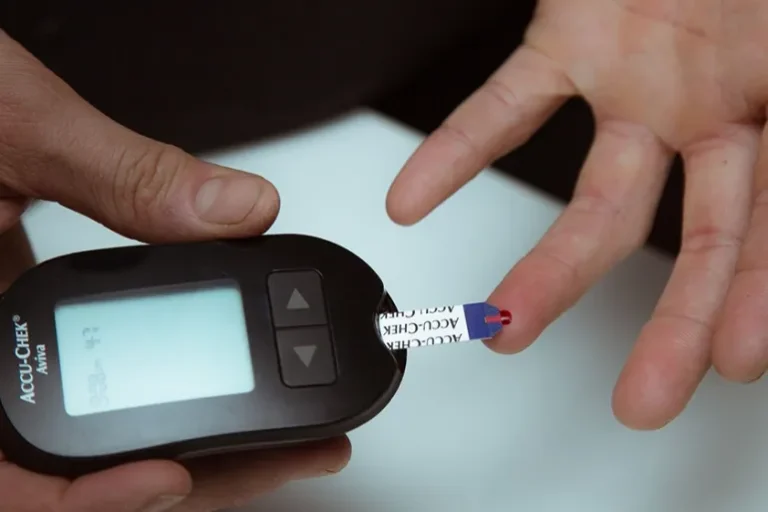Bowel Assessment – NMC OSCE Skill Station
Bowel Assessment – NMC OSCE Skill Station
Bowel assessment is another skill added to NMC OSCE Skill station starting from November 2022. Are you preparing for OSCE after November 14th? Then, you should definitely go through this article and make sure you are updated and informed about how to demonstrate this skill.
Bowel Assessment skill station in NMC OSCE
This station is a silent station like fluid balance station. You will be given a bristol stool chart in this station. Time limit for this station is 8 minutes.
In this station you will be given one of the photos named A. B. C or D. Among the photos, A & B is usually formed stool (type 1 or 2) and C/D is loose stools (type 5 or 6). Henceforth, you need to correctly assess the stool photo and also record accordingly in bristol stool chart.

Hence, in this station candidate is supposed to,
Complete the Bristol stool chart accurately, and signs, dates and adds time where required.
Handwriting should be clear and legible.
Also ensure that strike-through errors retain legibility.
Document given at NMC Website for bowel assessment Is given below,

If using photo A or B:
Correctly recognize Bristol stool type 1 or 2 appropriately and proposes plan of care to reduce/prevent constipation:
Consider possible causes of constipation, such as medication, and explores potential alternatives
Offer dietary advice (increasing fibre, fruit and vegetables)
Propose obtaining a prescription for laxatives
Also Consider dehydration and encourages increased fluid intake
Encourage physical movement where possible
Encourage not to ignore the urge to defecate
Promote positive toilet habits: privacy, positioning, breathing exercises and also spending time going to the toilet
Recognize the need to continue to assess bowels.
To achieve full marks, the candidate needs to identify a minimum of five aspects of care.
For partial marks, the candidate also needs to identify a minimum of three aspects of care.
If using photo C or D:
Correctly recognize Bristol stool type 6 or 7 appropriately and proposes plan of care to reduce/prevent diarrhoea:
Consider possible causes of loose stool: food poisoning, overflow, medication such as antibiotics, healthcare-acquired infection such as norovirus or Clostridium difficile, or malabsorption
Consider infection-control measures: patient isolation, sending sample for culture
Offer dietary advice (reducing fruit and vegetables) (explained above in previous scenario)
Propose obtaining a prescription of antimotility medication if suspected non-infectious cause
Consider dehydration and encourages increased fluid intake
Consider perianal skin integrity
Promote positive toilet habits: privacy, positioning, close proximity to toilet/commode and also spending time going to the toilet
Recognize the need to continue to assess bowels.
To achieve full marks, the candidate needs to identify a minimum of five aspects of care.
For partial marks, the candidate needs to identify a minimum of three aspects of care.
Conclusion
In order to pass this station, you need to by heart the interventions you need to provide for constipation as well as diarrhoea. After all, the more you can bring back and write on paper from your memory, the more chance is there for you to pass this station. Its more or less like evidence based practice station. More over, you also need to practice this station by writing and make sure that you are completing within time frame of 8 minutes.
